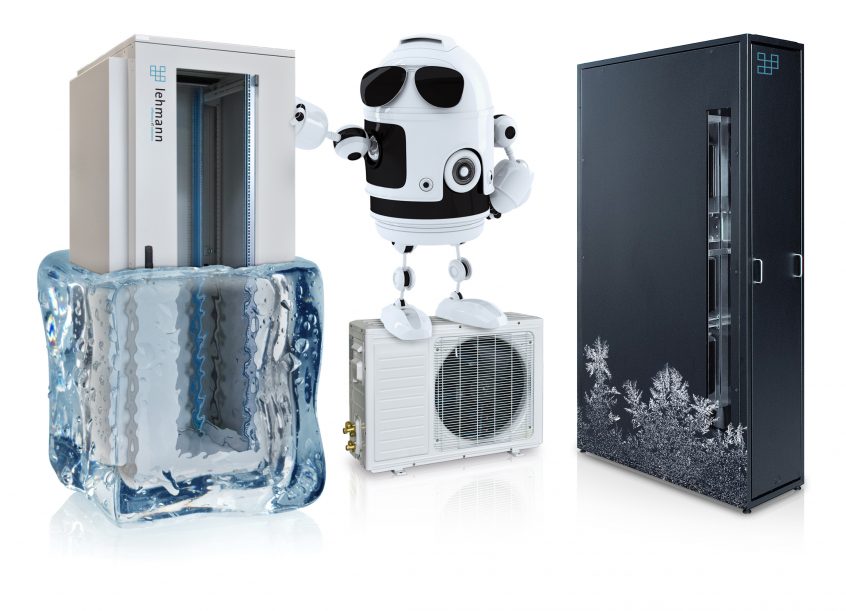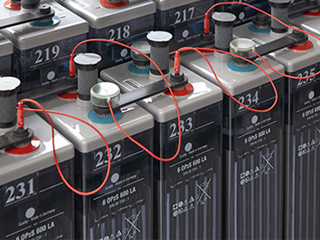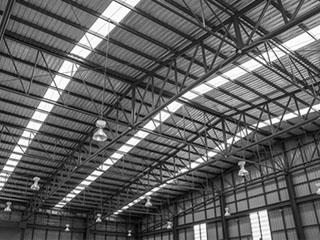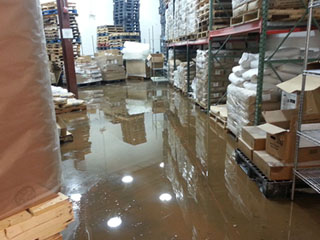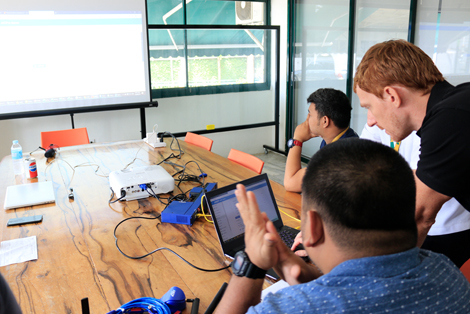What Does In-Rack Cooling Mean?
High Density, High Efficiency
Keeping A Server Cabinet Cool
Many factors influence the temperature inside a cabinet, including door perforations, cabinet size, and the types of components placed within it. Ensuring enough ventilation is the most straightforward technique to keep network equipment cool. The goal is to ensure that every server, router, and switch has enough air, regardless of how high or low, they are in the cabinet. To cool a gadget to its proper temperature range, a specific volume of air is required. Manufacturers provide minimal instruction on how to achieve this; nevertheless, there are a few simple strategies you may take to improve the ventilation in your cabinets.
- Ensure Airflow Through Cabinet DoorThe front and back cabinet doors should have at least 63 percent open space for airflow, according to most major server manufacturers. This can be accomplished by either removing all cabinet doors or purchasing cabinets with perforated doors. Because most servers and other network devices have internal fans, open or perforated doors may be all you need for ventilation if your data center has enough air conditioning to absorb the heat load. You may also want to consider cabinets with side panels to prevent hot air from an adjacent cabinet from mingling with the air inside each cabinet.
- Determine Type of Convection Cooling Needed
-
- Natural Convection Cooling. The front and back cabinet doors should have at least 63 percent open space for airflow, according to most major server manufacturers. This can be accomplished by either removing all cabinet doors or purchasing cabinets with perforated doors. Because most servers and other network devices have internal fans, open or perforated doors may be all you need for ventilation if your data center has enough air conditioning to absorb the heat load. You may also want to consider cabinets with side panels to prevent hot air from an adjacent cabinet from mingling with the air inside each cabinet.
- Forced Convection Cooling. With the use of a fan or blower to reduce the thermal resistance of the barrier between the two regions, the quantity of heat that flows from a warmer to a cooler area can be enhanced. Fans can provide economical forced convection cooling to reduce the internal temperature of an IT enclosure. But what if the outside air contains impurities such as dust, grime, or oil? The fan may provide the necessary cooling, but it will also deposit these pollutants on electrical components. A closed-loop air-to-air heat exchanger is the ideal solution when air contamination is a concern. The quantity of heat that can be moved away from the components inside the enclosure is limited by the ambient air temperature, just as it is with natural convection cooling.
- Active Convection Cooling. An air conditioner may be required when natural or forced convection does not provide enough heat transfer to effectively cool the components inside the enclosure. When the components inside the enclosure must be protected from external elements such as dirt, dust, or liquids, an air conditioner offers the closed-loop system required. Furthermore, air-conditioned cabinets, allow you to save energy by merely cooling the cabinet rather than the entire room or IT center.
-
- Placement Of Equipment And Server Fan. Don’t try to cram too many servers inside the cabinet; 75 percent to 80 percent capacity is about right. For front-to-back ventilation, leave at least 1U of space between rows of servers. Maintain a 4 cm clearance between the equipment and the cabinet’s front and back. Finally, use blank panels to cover off any unused cabinet space to prevent hot and cold air from mingling. Install fans to actively circulate air through cabinets to promote ventilation even more. Top-mounted fan panels that suck air from the bottom of the cabinet or through the doors are the most typical cabinet fans. Use a fan or fan panel mounted within the cabinet for spot cooling.
- Monitor Temperature. It’s critical to keep an eye on the conditions within your cabinets to ensure that your components are operating within their recommended temperature range. Installing a thermometer in your cabinet and checking it on a regular basis is the most direct way to monitor cabinet temperature. This simple and affordable technology can work well for small installations, but it does not sound an alarm if the temperature falls outside of the acceptable range, and it must be manually checked. A thermostat that automatically turns on a fan when the cabinet’s temperature exceeds a predetermined limit is another simple and affordable addition to a cabinet. Internal temperature sensors are found in many network devices and can be accessed via SNMP or IP. These sensors provide information on the interior temperature of the component. This is the suggested temperature monitoring method because these sensors are inside your components, where the temperature actually matters. You can also monitor them from your desktop, and if something goes wrong, they’ll email you an alarm. Temperature sensors in cabinets can also send you an alert over your network.
Benefits Of In-Racks
-
Cooling Strategy
-
- Fully perforated Racks – These racks are appropriate for an ambient cooling system, which involves the use of fans and coolers to cool the system.
- Fully-Sealed Racks – Use these if liquid cooling or air conditioning will be used for cooling.
-
Consider The Latest Power Technologies
-
Select An Appropriately Sized Rack
-
Security
In-Rack Monitoring of AKCP Solutions
Power Monitoring
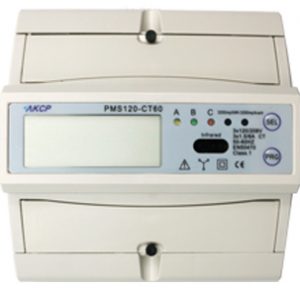
Thermal Map
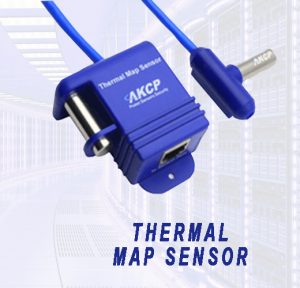
Cabinet Analysis and Thermal Map Sensors
Conclusion
It doesn’t have to be difficult to keep your data and server cabinets cool. Just keep in mind not to overcrowd the cabinets, to enable appropriate ventilation, and to keep an eye on the conditions inside.

